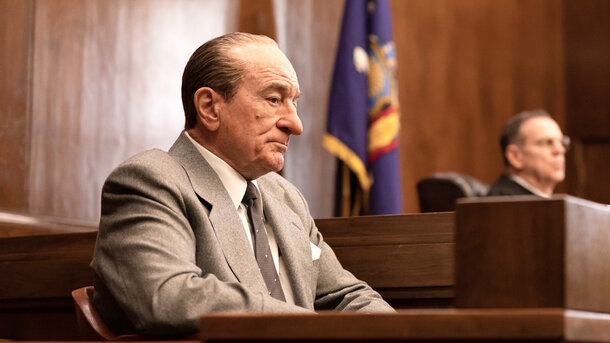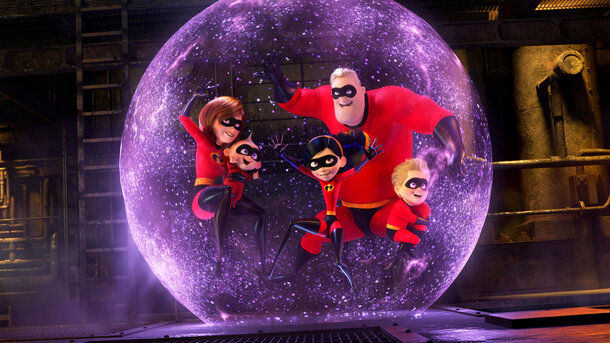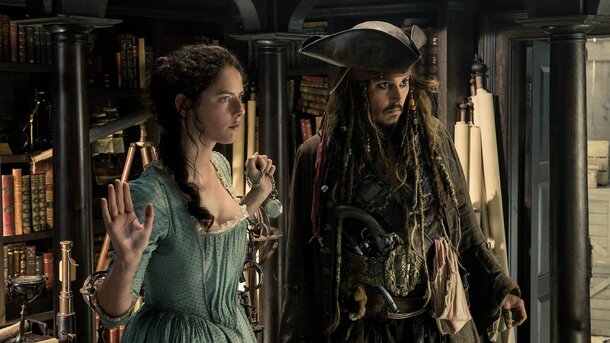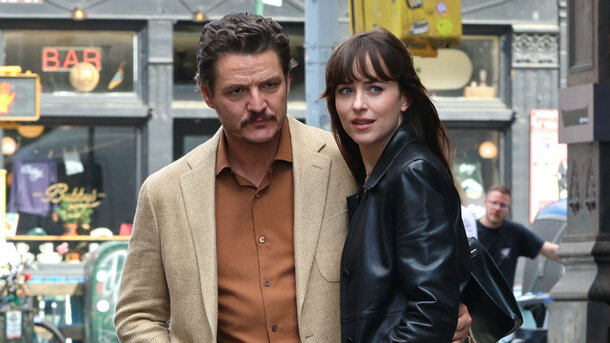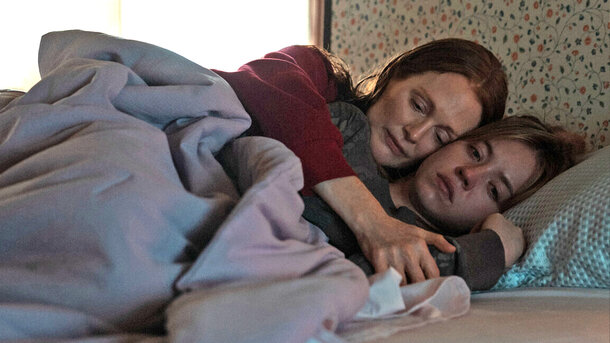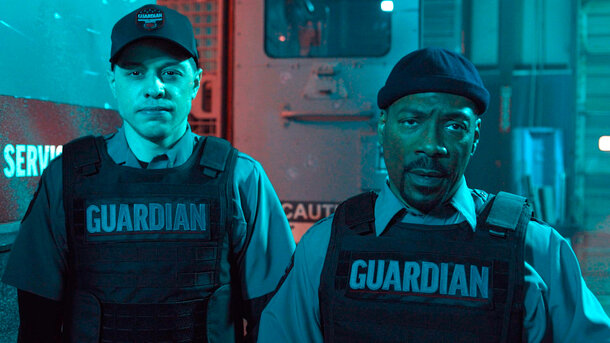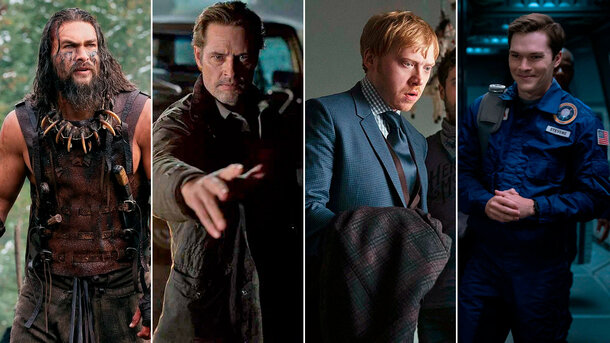De Niro taking on both Vito Genovese and Frank Costello? That’s not just bold casting — it’s a psychological experiment dressed in fedoras and gunfire. And while the film doesn’t completely reinvent the mob genre, it offers something rare: a gangster epic that stares into a mirror and asks, “What makes a villain?”
Plot Overview: A Tale of Two Titans
Set in the 1950s, The Alto Knights tells the true story of a brutal fallout between two former mafia allies. Once close, Genovese and Costello spiral into a bitter turf war, reshaping the American Mafia forever. But instead of glorifying violence or recycling tropes, the film leans into tension and character — the kind that builds slowly, like a lit fuse inching toward dynamite.
Director’s Vision: A Biopic with Bite
Directed by Oscar-winner Barry Levinson (Rain Man), and written by Nicholas Pileggi (Goodfellas, Casino), the film is grounded in realism. Levinson strips away the glamour, capturing the cold calculations behind every power move. With Pileggi’s signature journalistic edge, the script avoids romanticizing crime, instead painting these men as driven, dangerous, and doomed.

Why De Niro Plays Two Roles: Thematic Genius
De Niro’s double role isn’t just a stunt — it’s a statement. By portraying both Genovese and Costello, he embodies two sides of the same criminal coin: Genovese is ruthless and power-hungry, while Costello is refined and quietly manipulative. The casting underlines how their conflict is almost Shakespearean — like watching one man fight his own shadow. It’s a bold move that pays off in layers of meaning.
Performances: Vintage De Niro, Fresh Ensemble
At 81, De Niro delivers a masterclass in duality. He slips between the characters with astonishing ease, giving each a distinct rhythm, voice, and presence. Debra Messing is magnetic as Bobbie Costello, adding emotional nuance. Cosmo Jarvis brings edge as Vincent Gigante, the wild card in the mob war. Every performance feels lived-in, adding grit and humanity to the story.
Cinematography & Sound: A Stylish Time Capsule
Cinematographer Dante Spinotti recreates mid-century New York with grainy elegance and shadowy detail. Composer David Fleming’s score is subtle but tense, weaving through scenes like a silent accomplice. Together, the visual and sound design immerse you in an era where one wrong move could be your last.

Themes & Symbolism: Loyalty, Power, and Paranoia
The film explores betrayal, identity, and the dangerous price of ambition. By showing two men cut from the same cloth yet determined to destroy each other, it forces viewers to question whether real power is ever anything but self-destructive.
Factual Insights & Box Office
| IMDb Rating: | 6.9/10 |
| Budget: | Estimated $45–50 million |
| Opening Weekend (USA): | $3.2 million |
| Rotten Tomatoes Score: | 37% |
| CinemaScore: | B |
All names, cast members, and production details have been verified via IMDb and official studio press sources.
Audience Reactions: USA vs. UK
American audiences are split — some appreciate the performances, while others felt the pacing lagged and the genre felt too familiar. In the UK, however, De Niro’s dual role has earned more consistent praise, with British viewers calling the film “a smart character study disguised as a mob flick.” Critics across the pond were more receptive to its psychological depth and less concerned with genre expectations.
Final Verdict
The Alto Knights doesn’t offer the shoot-’em-up thrills of The Irishman, but it delivers a rare cinematic experiment: a mob movie that looks inward. De Niro’s twin roles are more than a gimmick — they’re a haunting reflection on power, ego, and legacy. If you’re here for bloodshed and bravado, temper your expectations. But if you want to watch a master actor dissect the anatomy of a feud — this is your film.
Rating: 7.5/10 — Watch it for De Niro. Stay for the slow-burn showdown.
